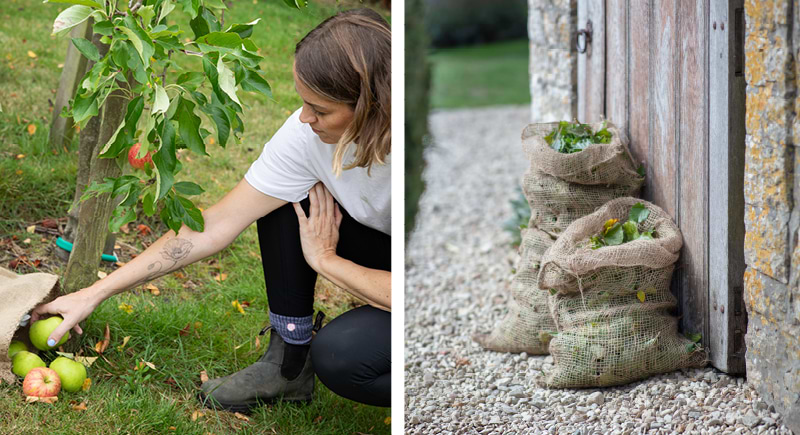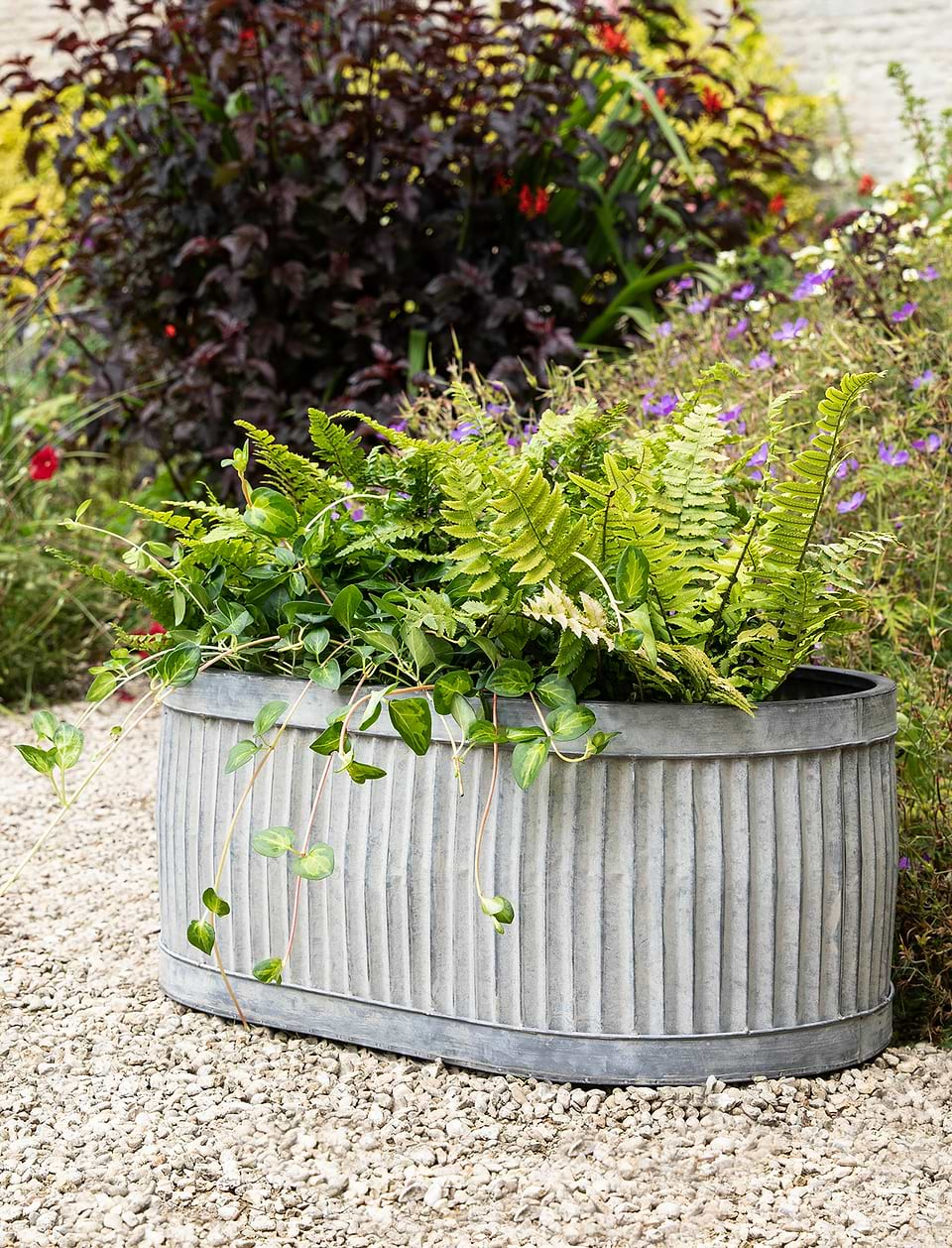Pro Garden Design with Polly Wilkinson
22nd Sep 2023
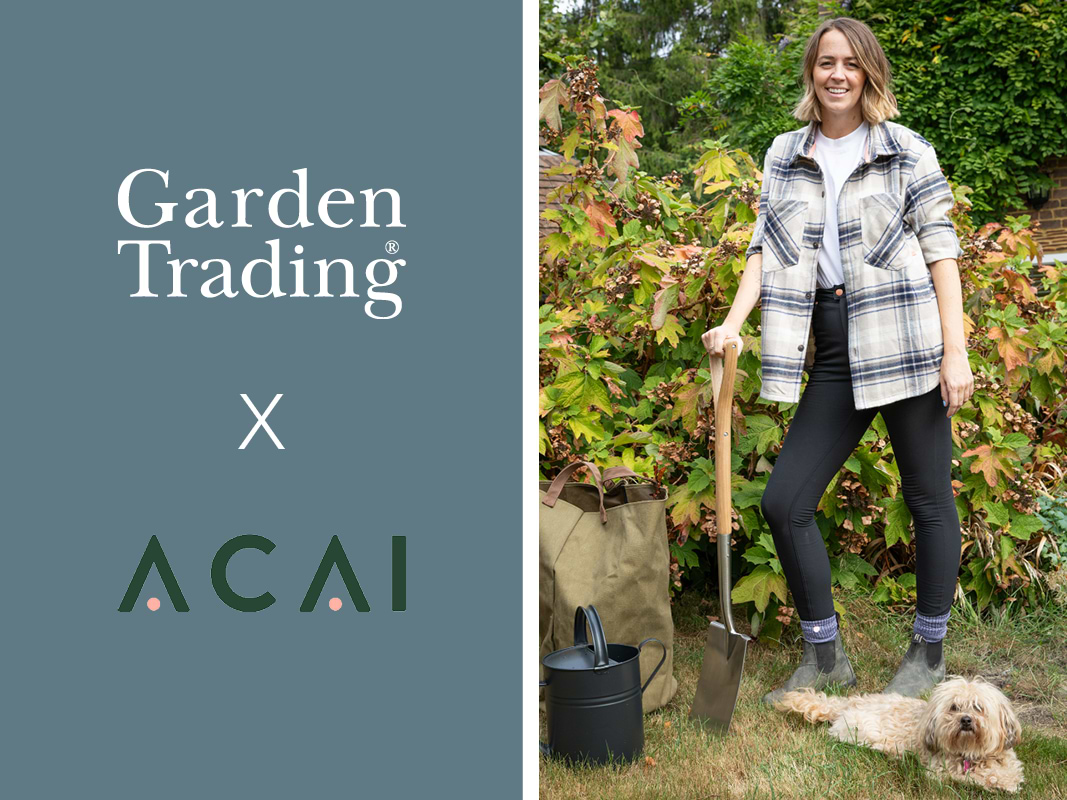
About Polly…
Autumn’s a busy season in the gardening year and our favourite multi-award winning RHS Chelsea garden designer is passionate about creating outdoor areas that serve as natural extensions to the homes which they surround. If you’re wondering what tasks are best actioned now, here are her top 3 tips for getting your green space in good shape:
1. Plant bulbs
If you’re looking to ensure a beautiful spring display next year, now’s the time to get busy with bulbs. If you have containers, then sow a bulb lasagna, which involves planting layers, with a layer of compost in between each, to ensure a steady succession of blooms from late winter to spring. To do this, fill the bottom of a pot with compost - making sure there are drainage holes, to prevent your bulbs from rotting. About 40cm below the surface add your first layer of bulbs. These should be the ones that will be last to flower, which are usually tulips or alliums. Pack these pretty tight, making sure that no bulbs are touching each other or the side of the pot. Plant the bulbs pointed side up. Add a layer of compost of about 10cm and then add Narcissus as your next layer of bulbs. Don’t worry about the bulbs being directly above other layers – the shoots will find their way around them. Finally, add another layer of compost and introduce your earliest flowering bulbs such as crocus or iris reticular, which are going to appear first. Top with compost and add some Viola, which are winter flowering pot toppers.
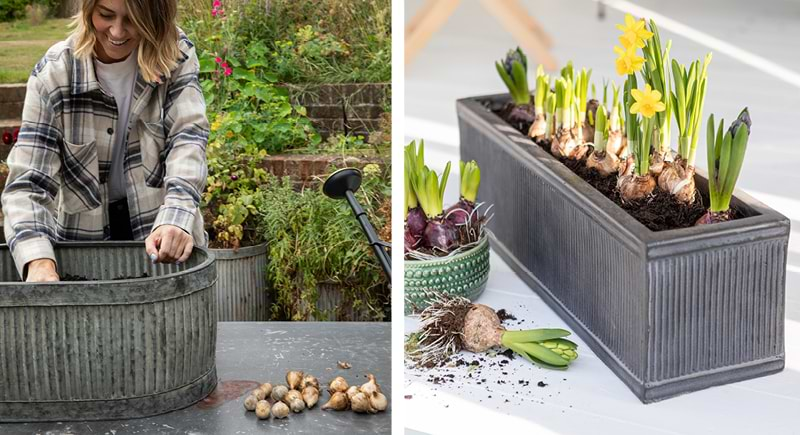
2. Divide your herbaceous perennials
This is the perfect way to deal with congested clumps of perennials such as Achilleas, Geranium, Nepeta, Geum, Herbaceous Peonies, Dicentra & Convallaria, amongst many others. Simply use a fork or spade to dig up the entire clump with rootball. Then it's as simple as dividing it into two or more (depending on how big it is, you might be able to do 4 - 6+). To divide, cut back the foliage and either stomp through the whole rootball with a spade, levering it apart with two back-to-back garden forks, or saw through really tough root balls with an old bread knife or hacksaw. Then replant them in their new positions (preferably in groups of odd numbers) with plenty of organic matter, remembering to water them well.
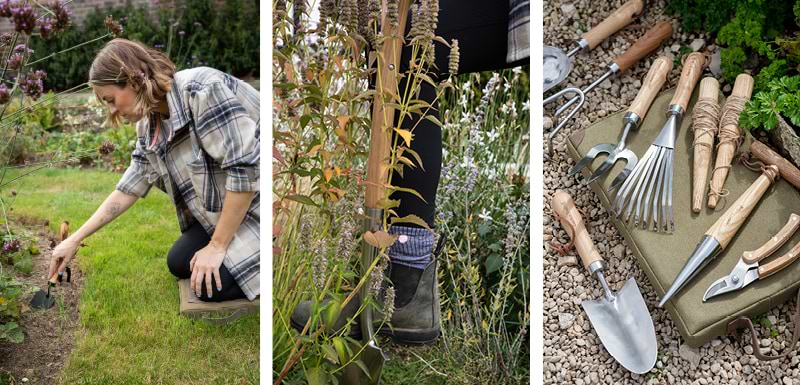
3. Order bare root or root balled hedging
Now is the time to place your orders for any hedging or trees you might want to plant this winter. Supplied exactly as described, the hedging is dug direct from the ground between November and March and arrives as a ball of roots, earth and usually surrounded by hessian sacking, ready to be planted.
